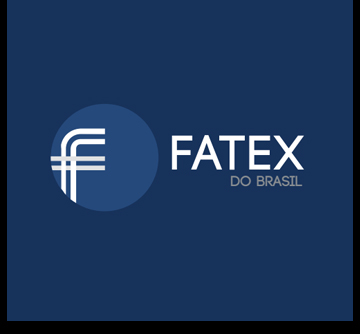Managing physical assets in an organization gives with that opportunities, concerns, and risks. In order to manoeuvre around these kinds of, there needs to be a shift by ‘business seeing that usual’ activities towards life changing thinking. A holistic’mindset’ that sees advantage management as an enabler of company purpose and mission can assure your company remains resistant into the future.
The first step to creating an efficient strategic asset management strategy is to establish the goals of your organization. These are measurable targets on a five to ten-year distance and will identify wide-ranging practices that your company must transform or apply. The plan will need to avoid particular operational specifics and give attention to what production level your plant can perform with a big degree of availability, performance and quality. This really is achieved by gathering original equipment supplier data and/or benchmarks right from similar crops.
Once the desired goals are described it is time to examine and prioritise the assets you currently have. This can be done through studying the info from your EAM (computerized maintenance supervision system), or with a wider analysis of your entire profile of belongings. This data can help you identify the property that are essential to your production process and which ones must be replaced or eliminated.
When the assets have been completely prioritized that data-driven methodologies for M&A analysis is important to determine simply how much downtime your business experiences resulting from them. This info can then be used to develop a costing model which will highlight the actual costs associated with the assets more than their lifecycle.
